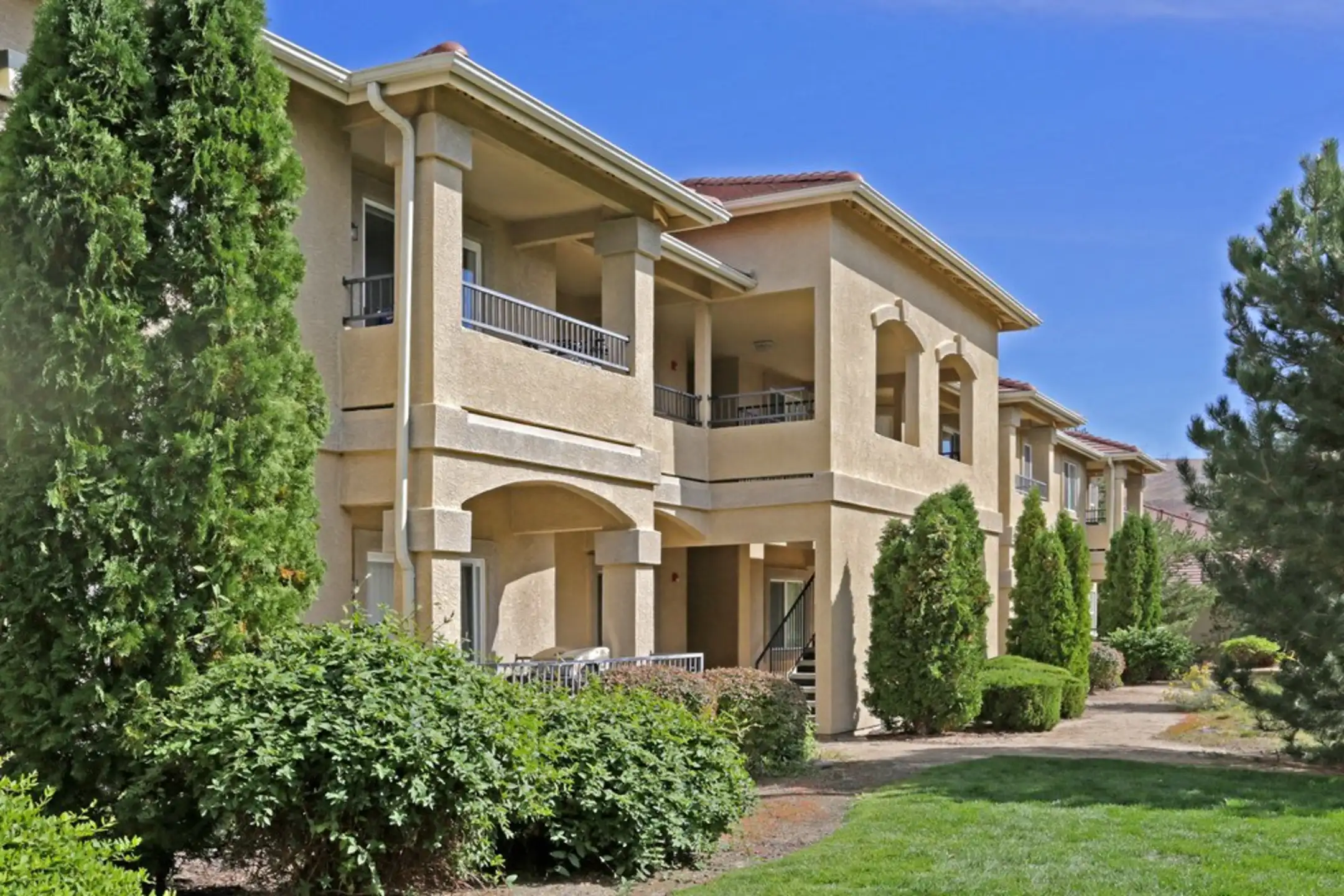



Golf course properties require monitoring against burglary targeting affluent homes.

A master-planned golf course community in eastern Sparks featuring guard-gated and non-gated residential clusters, centered around a private 18-hole course with significant elevation variations and interface with undeveloped high-desert terrain¹.
Approximately 2,100 residents across 1,200 units. Median household income is $145,000 (112% above city median). Guard-gated estates (35% of stock) average 0.75-acre lots vs. 0.25 acres in non-gated villa sections².
Guard gates cover only 38% of residences. Perimeter fencing is discontinuous, with 41% of boundaries adjacent to BLM land lacking physical barriers³.
2023 sheriff data shows 84% of reported incidents occur in non-gated sections. Vehicle burglary rates are 2.7x higher in trailhead-adjacent streets versus interior blocks⁴.
Coyote predation and deer collisions account for 22% of non-criminal security incidents. Package theft concentrates at non-gated community mail kiosks⁵.
A single arterial (D'Andrea Parkway) serves the community. Peak-hour traffic increases emergency response times by 22% (Washoe County Fire District metrics)⁶.
BLM-designated "Extreme" hazard zones border 78% of the perimeter. Ember intrusion risk is elevated in canyon-adjacent properties with ornamental vegetation⁷.
68% of employed residents hold executive/professional roles. 29% report frequent business travel, creating periodic property vacancies⁸.
The golf course hosts 65k annual non-resident visits, primarily concentrated near the clubhouse and parking facilities⁹.
Elevation differentials exceeding 300 feet create blind spots in security patrol coverage. Ravine systems enable undetected pedestrian access to perimeter homes¹⁰.
HOA audits identify 53% of non-gated pathways exceeding recommended illumination standards. Motion-activated lighting covers only 29% of estate parcels¹¹.